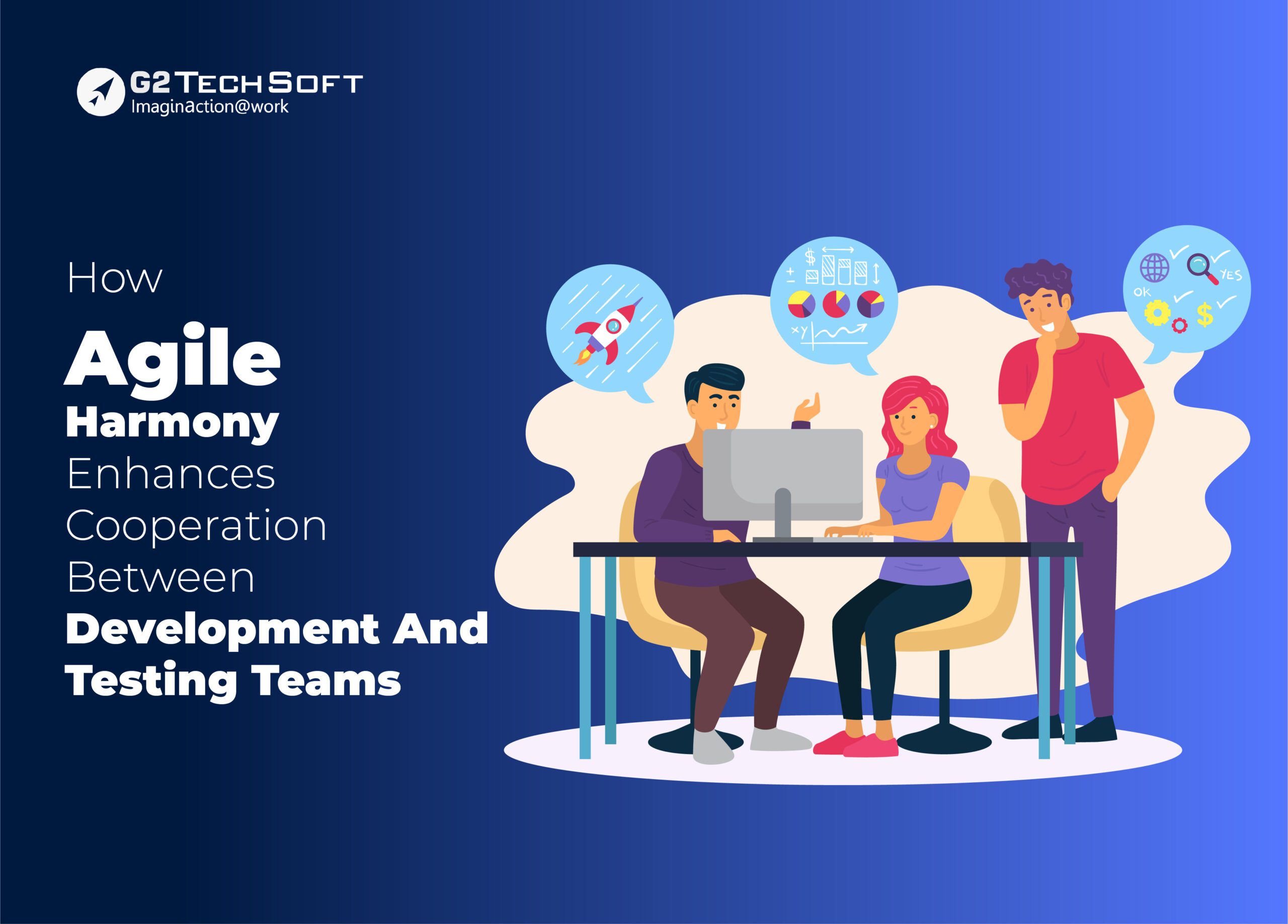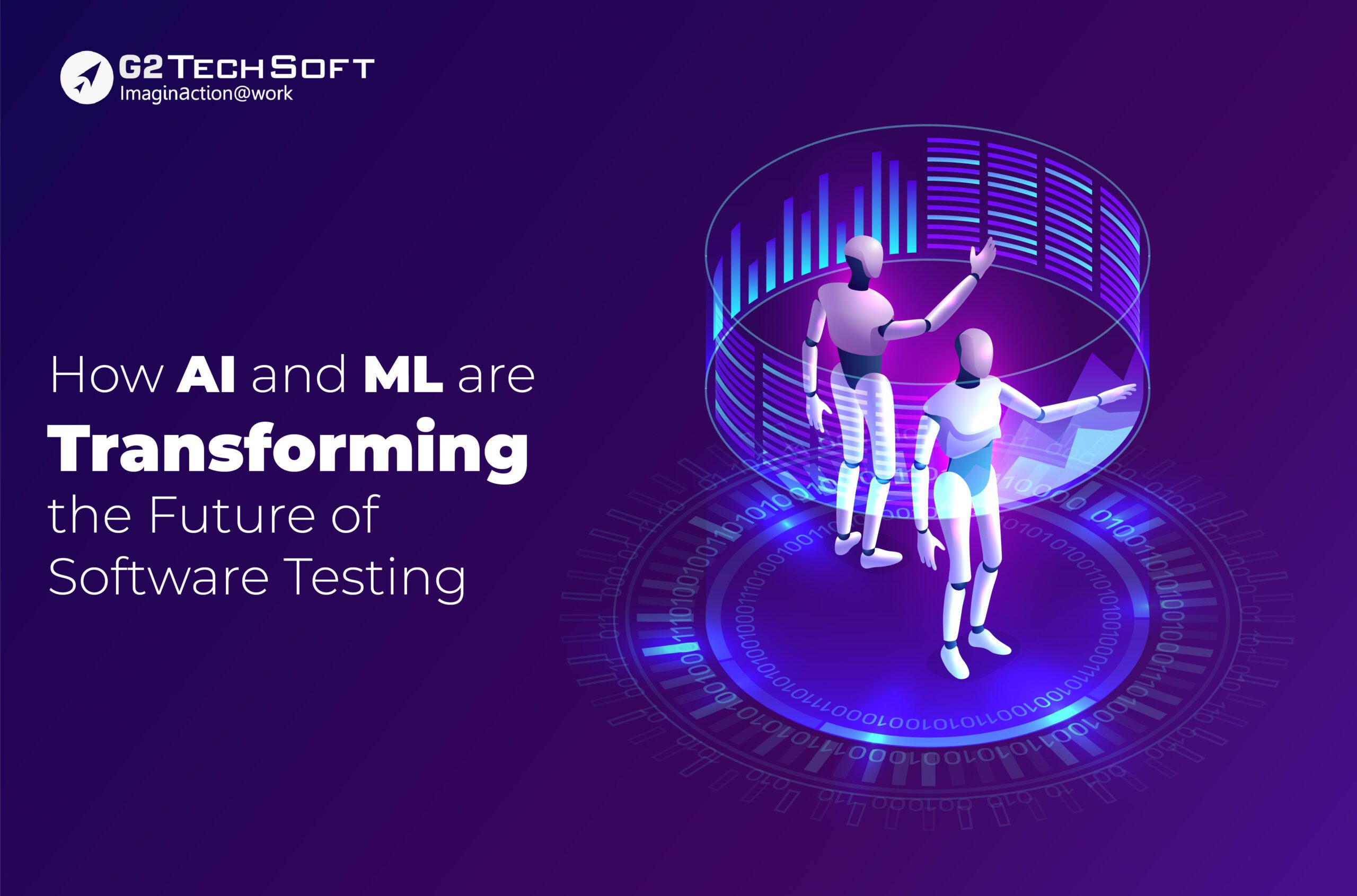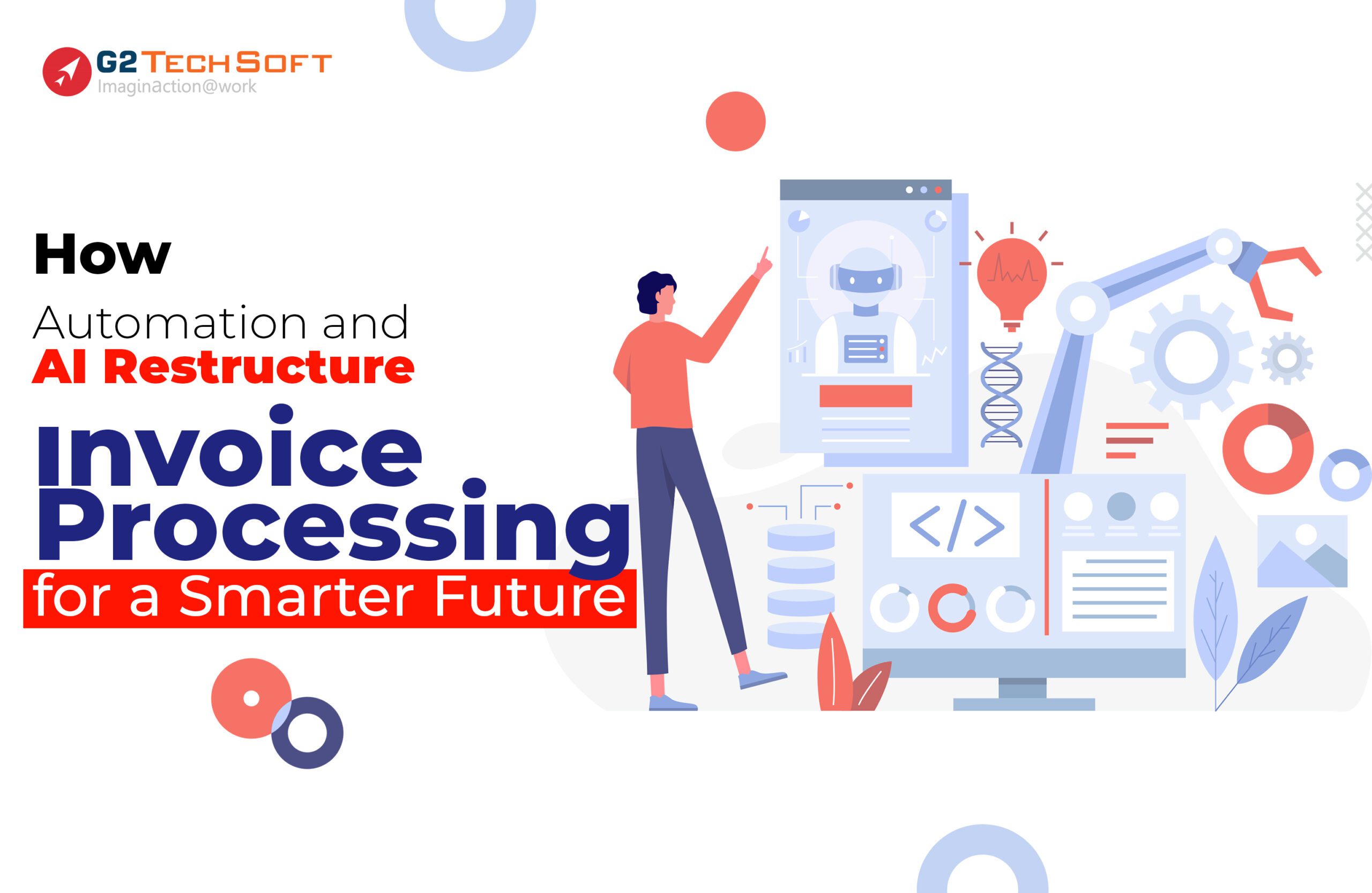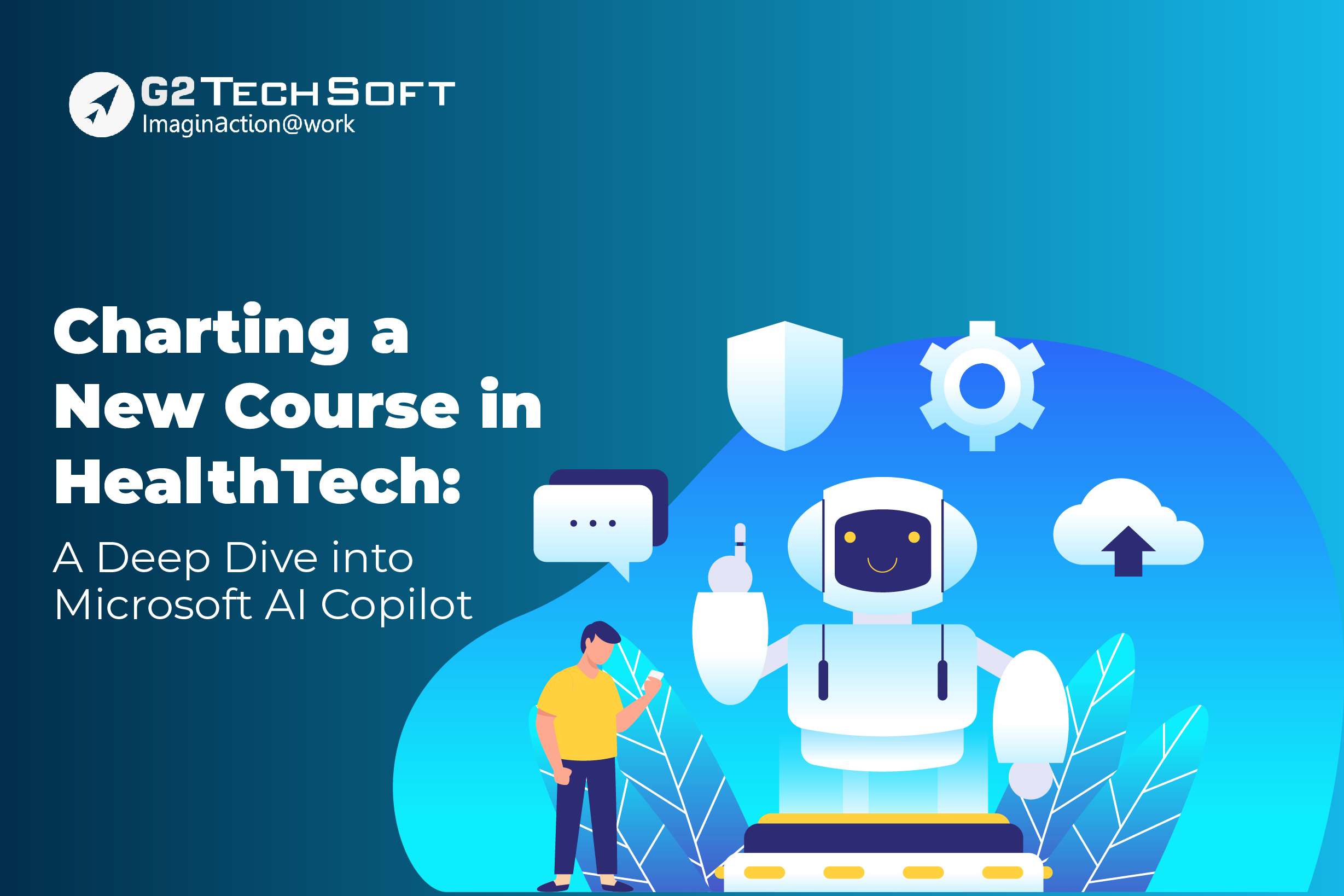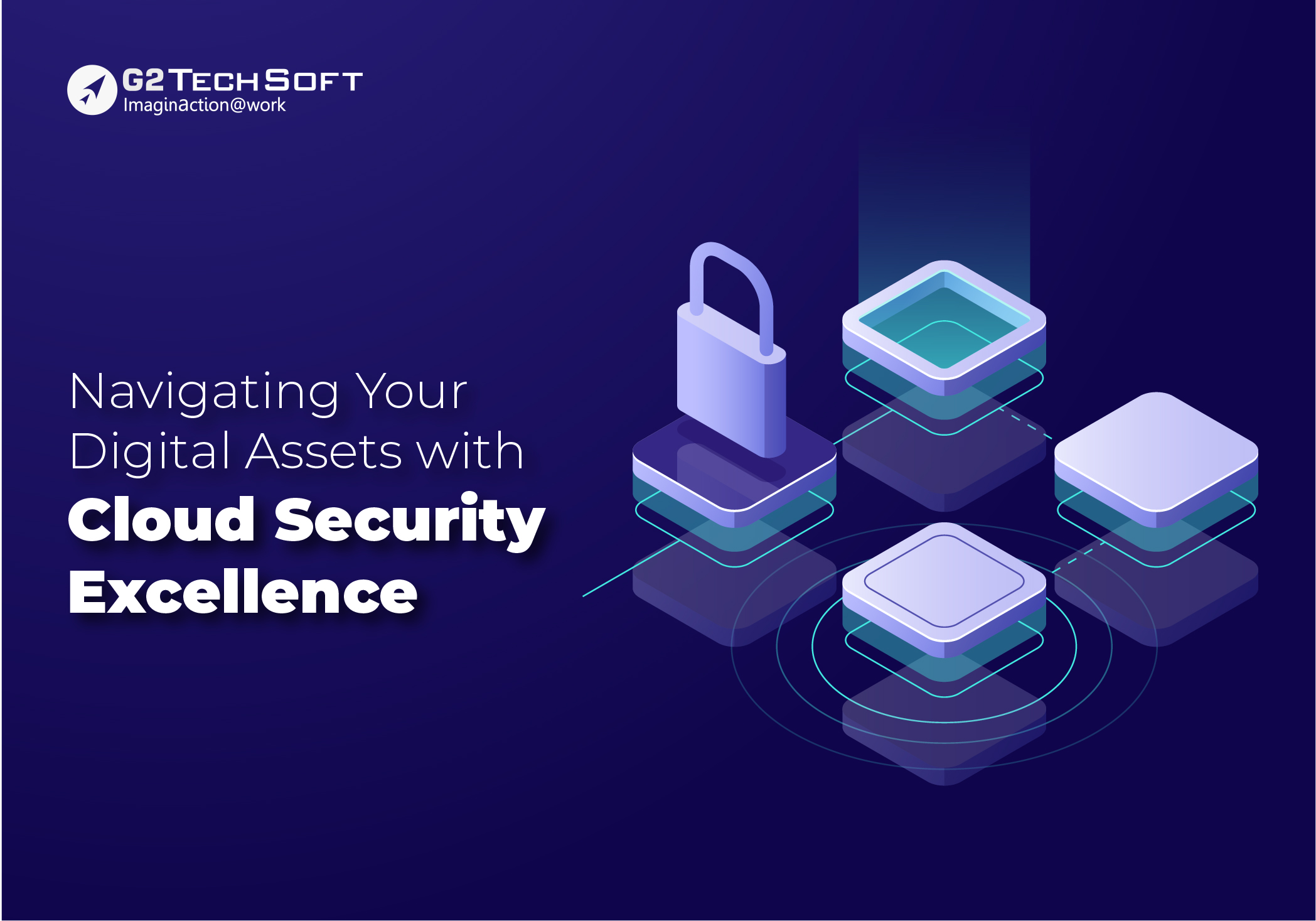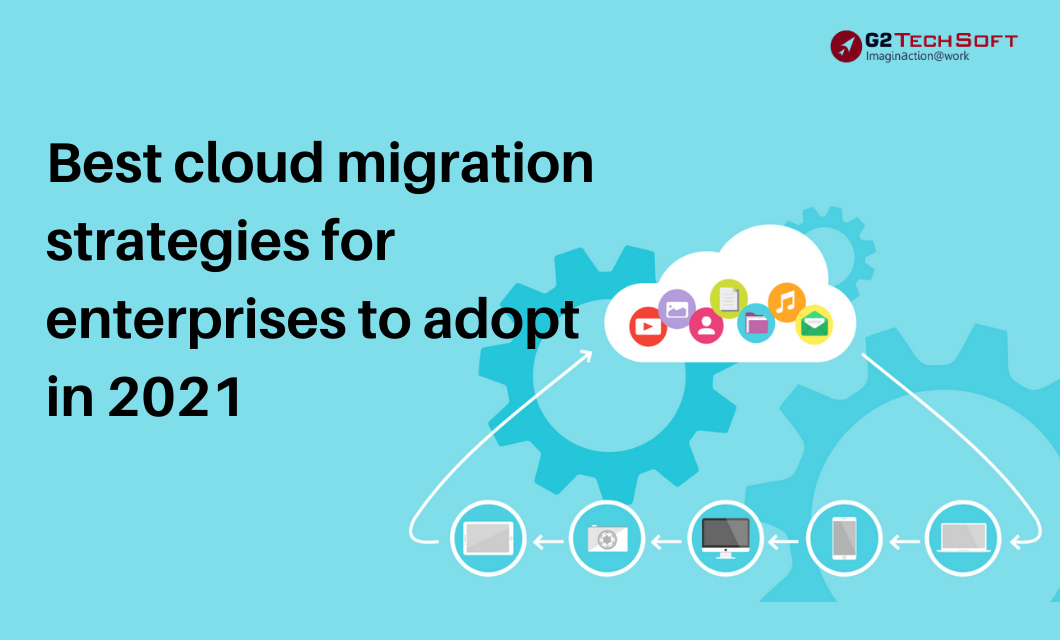
Managing cloud adoption seems to be one of the enterprise’s top priorities for 2021. It helps to shape more and more enterprises to migrate towards remote infrastructure. In this technology-driven world, moving your data and application to the cloud is a common practice.
In recent years, cloud adoption stands to be a significant consideration for IT cost reduction strategies. The cloud migration services market was valued at USD 119.13 billion in 2020 and expected to reach USD 448.34 billion by 2026, at a CAGR of 28.89% over the forecast period 2021 – 2026.
If this is the case, you can access data from basically anywhere, especially on-demand in this pandemic situation. With the right cloud migration strategy in place, carried out in a step-by-step process, let us see how an enterprise can best adopt it.
Benefits of moving your businesses to the cloud.
Let’s look into the benefits of moving your data to cloud.
Control expenditure for the resources that you use.
In the process of cloud migration, you do not need to invest in any costly equipment or data centres. As against traditional computing, the business can save on purchasing hardware, utility, and facility which are necessary. You only pay for the resources that you hire and use.
Scaling on resource availability.
In traditional computing, keeping enough resources for higher demand gives rise to huge expenditure. Migrating your business to the cloud, and with resources, on-demand will control your cost. This shows the dynamic scaling, where you can scale up while increase in-demand and scale down during the lower-demand time.
Security and accessibility.
With no on-site server, you can access your data virtually from and anywhere in the world. Top cloud computing platforms provide and ensure high security, and servers are spread globally so there won’t be any accessibility issues too.
Easy data recovery and infrastructure modification.
If in any worst case, you lose your data, can you recover it back in no-time? Yes, many cloud computing platforms offer backup services. You can easily scale your storage capacity and usage without worrying about modifying the infrastructure.
Lower maintenance cost.
As there are no physical servers that are set up or maintained, you don’t have to pay for any infrastructure maintenance which saves a lot for your business. You just have to pay for the features and storage that are used.
Strategy and techniques to build a successful cloud migration step-by-step.
Building a cloud migration strategy, the first step is to have a detailed preparation and a well-written document. By enabling architects and DevOps to design architecture, let’s now take a look at how you can create a cloud migration strategy.
Strategies the infrastructure:
While the cost-effective tools are provided by the cloud provider, some steps are required for DevOps and architects to plan how the infrastructure will look. For small infrastructures, this process is uncomplicated.
For infrastructures with a high amount of traffic, it might prove longer. It can even involve some change proposals to the application code just so that it matches the microservices/serverless approach to reduce costs.
Strategize the migration steps:
G2 Techsoft always creates a plan and strategy for how to make all the gears work together with zero downtime with a potential revert procedure. Considering the journey of cloud migration in your business you should ask yourself these questions.
- With this amount of data, how I can switch to cloud infrastructure safe?
- All the data from your organization are important, so will it be better to migrate all the data at once or any service that should be migrated first?
- With this current migration process, how to apply for database and data synchronization so the data will be available throughout the migration process?
Create infrastructure as code:
While choosing G2 Techsoft as your consultant, we shall apply some necessary changes to your code.
- First, you might need to convert your APPs into microservice and make them scale.
- Some of your old legacy applications might require updating.
- Potentially DevOps will have to add CDN support, to review and modify your apps at this stage.
- Once these steps are taken care of, you’ll have to sync the data and your database to the cloud.
Create the test infrastructure:
In this process, G2 Techsoft helps you with staging. Before merging to the production infrastructure, you can test the features of your app and its performance.
- Implementing a (CI/CD) process i.e., Continues integration/Continues delivery process.
- To compare the actual cost with the estimation already you had, you need to create such an environment for your IaC code.
- With such testing infrastructure, you make them more secure and flexible, where you can proceed to the testing stage.
Testing:
During the cloud migration testing, you must clearly define the type of software testing that you’re going to run during and after the migration.
Decision-makers have to make sure that there are enough skilled personnel, tools, and resources to spot any potential problems and tackle them early in the process.
Implementing the migration plan:
G2 Techsoft makes sure to deliver a satisfying result for your performance and integration tests. On successful completion of all your previous steps, we create a production infrastructure, you can put the migration plan to work.
If everything goes as expected, your cloud migration process will be complete.
Challenges you might have to face during cloud migration.
- Ensuring access to the service throughout the process.
- If while migrating your data and service is not in sync, you may fail in the performance for the end-user.
- The database and file storage must be synchronized.
- To avoid downtime, do not migrate your app and data at the same time. Maintaining service performance will be crucial.
- To reduce cost invocation, and while you’re leveraging for your cloud storage. Developers run functions to perform a task.
- As you are paying for invocation, the time you are taking for your function code should be executed successfully.
- Work on optimization if you have high on-site traffic requests. Keep the invocation time as short as possible.
Problems you might have to face during cloud migration.
- Depending on how large your infrastructure is, your cloud migration needs a bigger team to work.
- The shortage of one DevOps and cybersecurity will delay the cloud migration process.
- Moving from the old legacy system will cost you heavily.
- While your programming team has to refactor them – they have to make sure it runs smoothly. Refactoring and changes in the code structure without modifying its functionality is a challenge.
Conclusion
If you are looking to make a move to cloud migration and not sure where to start…… Consider G2 Techsoft. We Ideate, Innovate and help you Create great projects together. We help you to choose the defining performance and provide complete coverage. We help you to strategize and create innovations without compromising your business value.
